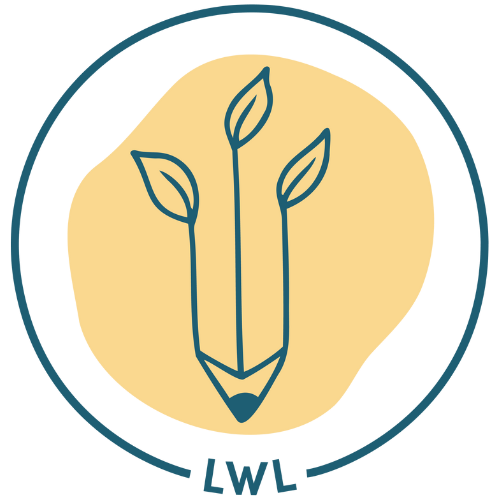How Kids Learn to Read: A Step-by-Step Guide to Reading Independence
“When will my child learn to read independently?”
It’s a question we hear often—just this week, three parents asked about their child's journey toward independent reading. Many seem to anticipate a magical moment when everything simply "clicks," as if learning to read happens overnight.
But here’s the truth: learning to read is neither mysterious nor instantaneous. It’s a step-by-step process, rooted in specific developmental milestones that build on one another.
Each child’s journey may look slightly different—some progress quickly, while others need more time and support—but the path to reading independence follows a systematic progression that is often not well understood. By breaking down the process into clear and achievable stages, we can help demystify it for parents and empower them to support their child’s learning at home.
At LWL, our proven method has successfully guided countless children through each stage of their reading journey. Our phonics program takes students from learning the alphabet to confidently recognizing words on their own.
Knowing the roadmap to reading independence is the first step toward helping your child achieve it!
The Three Stages of Reading Independence
1. Beginner
In the initial stages of learning to read, children start by mastering the basics:
Alphabet Recognition: Students learn to recognize the 26 uppercase and lowercase letters, which is the foundation for understanding written language.
Letter-Sound Correspondence: Children are introduced to the idea that each letter has a unique sound. For instance, “B” represents the /b/ sound, while “A” might represent the /a/ sound as in "apple."
CVC Words: Simple consonant-vowel-consonant words, like “pat” or “kit,” are introduced. These help children connect letter sounds to whole words.
This foundational knowledge is essential for moving on to more complex stages of reading.
2. Intermediate
Once children can recognize letters and understand their sounds, they progress to combining them to form words and sentences:
Sound Blending: Students learn to blend individual sounds together to form words, such as combining /c/, /a/, and /t/ to make "cat."
Word Patterns: Common word families and patterns (like -it, -et, and -at) are introduced. These patterns enable children to decode similar words easily and build confidence in their reading ability.
Sight Words: Children begin recognizing frequently used words instantly, such as “is,” “you,” and “was.”
By the end of this stage, students can read simple sentences independently, setting the stage for more complex reading.
3. Advanced
In this stage, children refine their reading skills by tackling more complex concepts:
Advanced Phonics: Students learn long vowels, vowel teams (like "ea" in "team"), and digraphs (like "ch" in "chair").
High-Frequency Words: They begin to memorize common sight words that don’t follow standard phonics rules, such as “the,” “said,” and “and.” These words help improve fluency and comprehension.
Grammar: Basic grammar concepts, like apostrophe usage and “-ing” rules, are introduced to strengthen reading and writing skills.
The skills gained during this stage help students read and write with greater accuracy and fluency.
The End Goal
By the end of this program, your child will have the skills to read independently and will be well on their way to developing a lifelong love of reading. They’ll have the confidence to tackle novels and texts of increasing complexity, paving the way for both academic success and a passion for books!
Let us help your child embark on this exciting reading journey with LWL’s systematic and proven approach!




